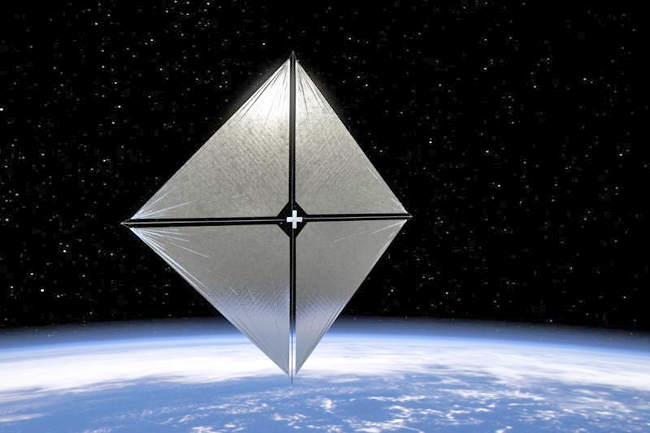UPI – NASA is gearing up for a launch this week that will test a new way to navigate the solar system, using a large sail to catch the sunlight.
The Advanced Composite Solar Sail System is scheduled to lift off today in New Zealand aboard a Rocket Lab Electron rocket from NASA’s Complex 1 on the Mahia Peninsula.
“We can sail, we can sail with solar sail tech, launching no earlier than April 24 from New Zealand. With new composite booms, it would transform how we explore our solar system,” NASA wrote on Monday in a post on X.
After launch, the Rob Lab Electron rocket will deploy the microwave oven-sized CubeSat about 600 miles above Earth, more than twice the altitude of the International Space Station.
After an initial flight phase, the CubeSat will then deploy the reflective 860 square-foot solar sail, which is roughly the size of six parking spots.
Instead of being propelled by wind, the solar sail will use the pressure of the sunlight to move through space.
The sail will be positioned toward or away from the sun for photons to bounce off the reflective sail to push the spacecraft.
Using sails could eliminate the need for heavy propulsion systems and lower the cost of NASA missions.
“The sun will continue burning for billions of years, so we have a limitless source of propulsion. Instead of launching massive fuel tanks for future missions, we can launch larger sails that use ‘fuel’ already available,” said mission’s lead systems engineer Alan Rhodes at NASA’s Ames Research Center in California’s Silicon Valley.
NASA plans to test the sail, and the composite boom that holds it, in a series of maneuvers to adjust the spacecraft’s orbit and gather data for future missions that could use larger sails.
“Booms have tended to be either heavy and metallic or made of lightweight composite with a bulky design – neither of which work well for today’s small spacecraft. Solar sails need very large, stable and lightweight booms that can fold down completely,” said mission’s principal investigator Keats Wilkie at NASA’s Langley Research Center in Virginia.







